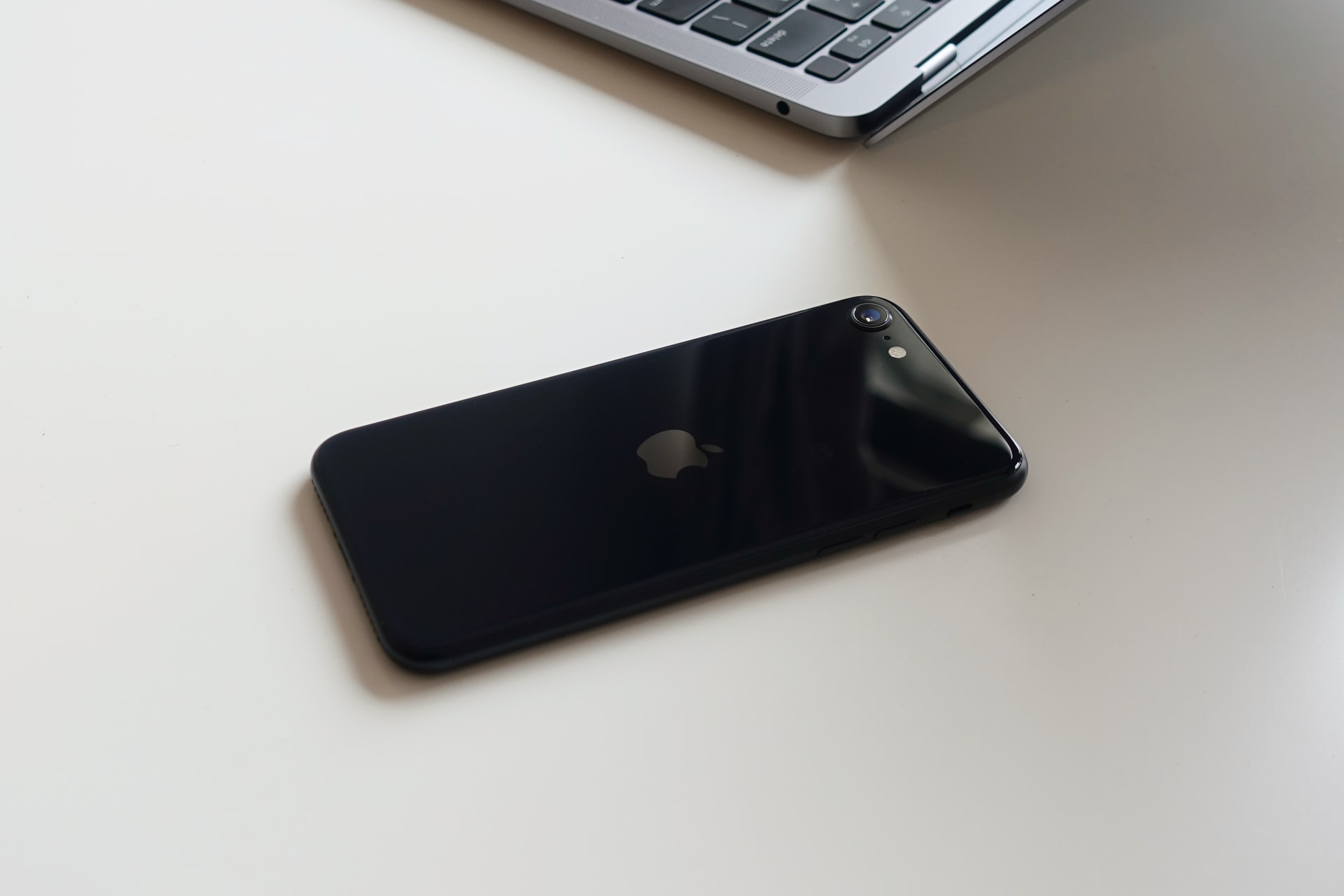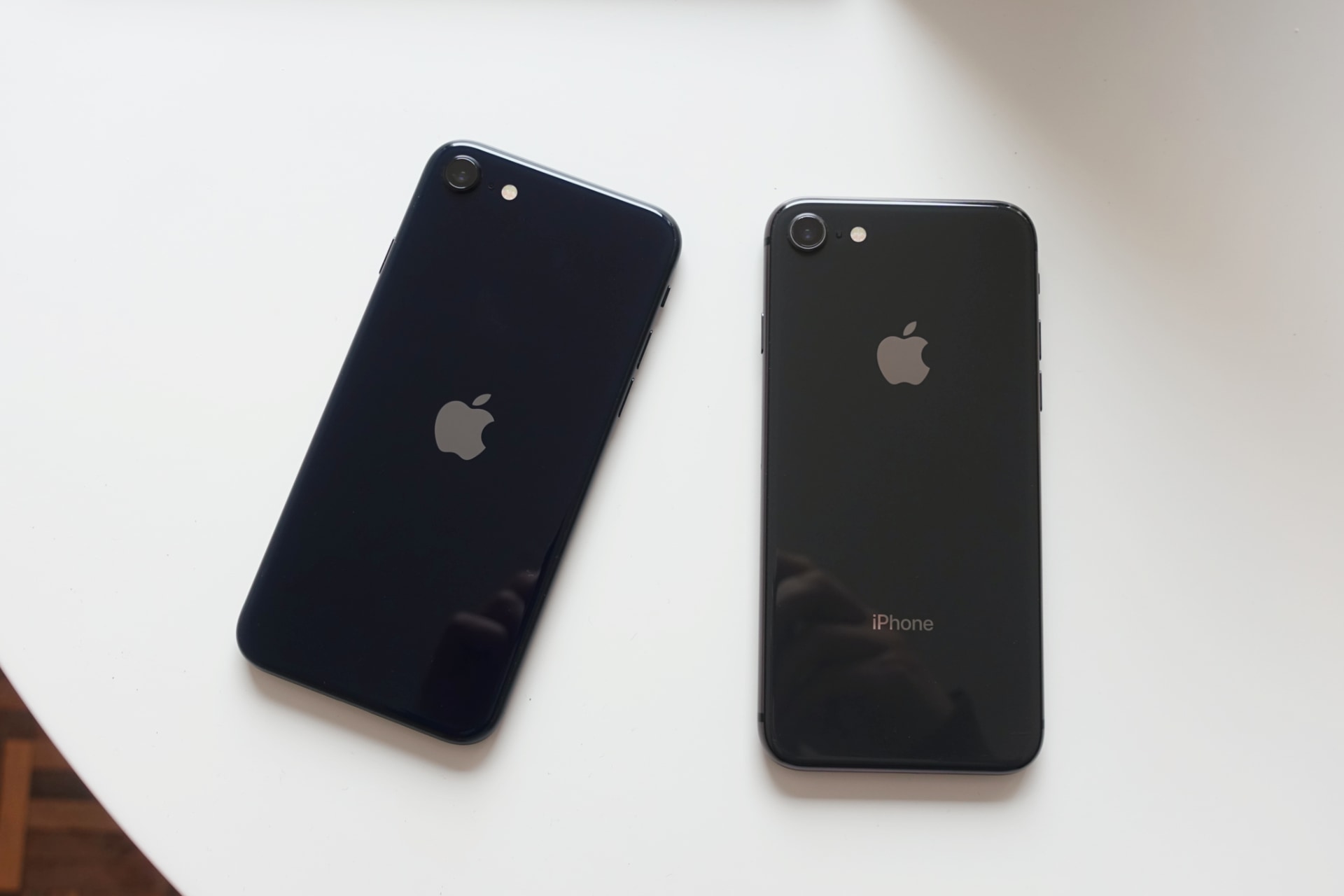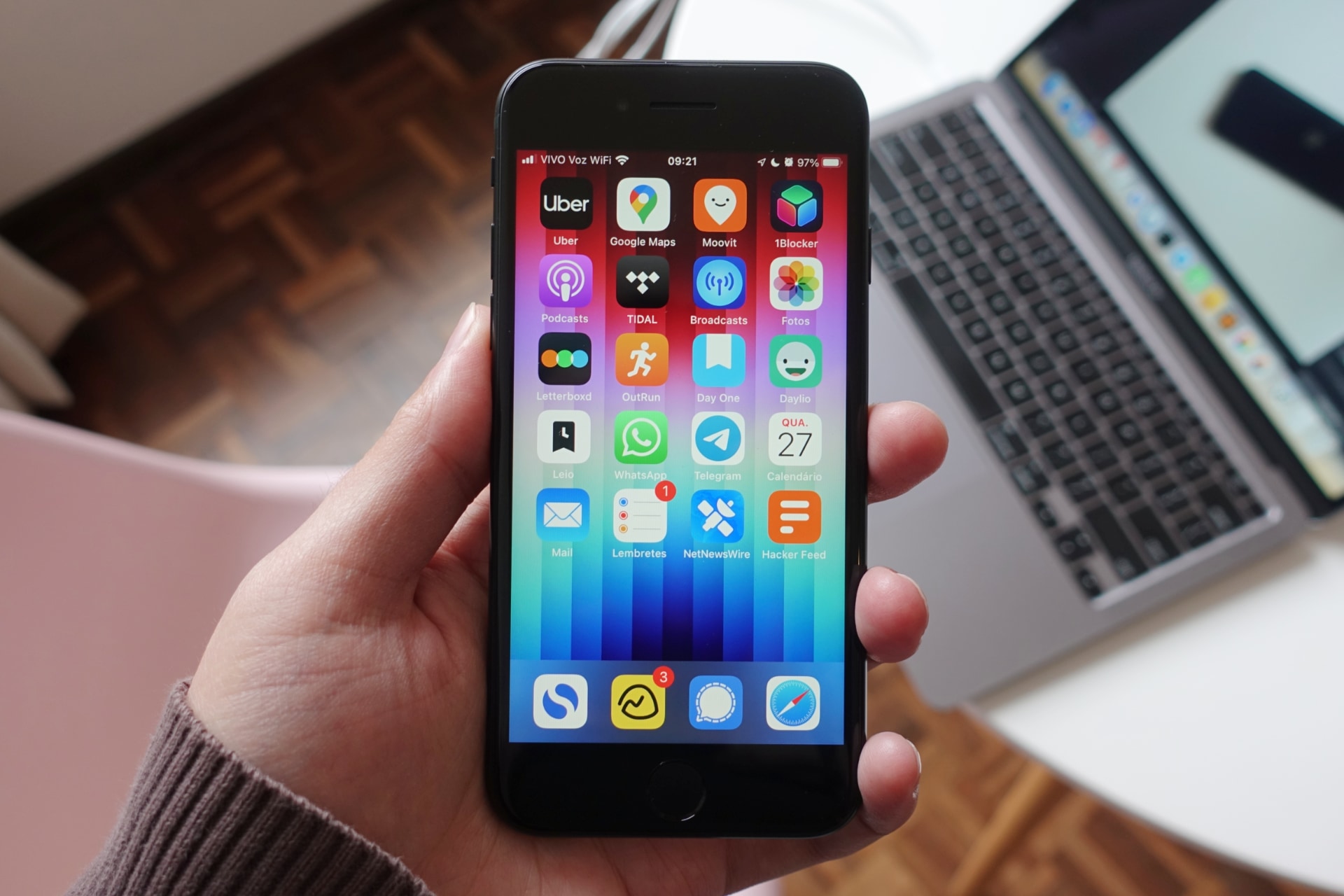2/8/2022
In my iPhone SE (2022) review, I wrote that the “iPhone with a button” (Touch ID) became a recurring joke in Brazil. Explaining the joke is rarely a fun proposition, but hold on for a second; that’s interesting, I promise you.
A few months ago, random people started making jokes on Twitter associating Touch ID iPhones with poverty.
Since the most expensive and recent models (with the exception of the aforementioned iPhone SE) use Face ID, therefore lacking “the button”, older Touch ID iPhones would’ve become a sign that its owner cannot afford to replace it for a newer one with Face ID.
One of the jokes that went viral said something like “yesterday I paid the lunch for my friend that have an iPhone with a button”. Another: “Just saw a surgeon using an iPhone with button. It’s been rough for everyone!”
Context plays a role in this kind of humor. In Brazil, the iPhone is seen as a luxury product, or a sign of wealth, because it’s very expensive here.
The cheapest ones — the iPhone SE and old versions like the iPhone XR — cost at least three months of minimum wage and more than the average monthly revenue that one makes in the country. The country is always fighting for the top of the world’s most expensive iPhone rankings. While in the United States and Europe Apple has a good slice of the mobile phone market, in Brazil the iPhone is a phone for far fewer people.
Some numbers for a better understanding:
- Apple’s official price for iPhone SE (2022) is BRL 4,300 (~USD 795). Almost nobody buys directly from Apple here; they prefer to go for retail stores, such as Amazon and Magazine Luiza. In these places, the same iPhone can be bought for BRL 2,800 (~USD 520).
- iPhone XR is avaiable for BRL 2,400 (~USD 445).
- Brazilian minimum wage is BRL 1,212 (~USD 224) per month. (In Brazil, workers are paid every month, usually on the 5th business day.)
- According to Brazil’s IBGE (our national census institute), in the end of 2021 Brazilian average monthly revenue per person was BRL 2,449 (~USD 452), the lowest since 2012.
The joke with the button iPhone is even funnier because of all of this. According to StatCounter (not the most reliable source, but it serves as a proxy in this case), Apple holds only 14.9% of the installed base of mobile phones in Brazil, behind Samsung (42,1%) and Motorola (22%), and very close to be passed by Xiaomi (12,5%).
Assigning poverty status to an iPhone is a kind of breach of expectation, which helps a lot to make a good joke in a honestly very bad situation — real poverty increased a lot here due to the pandemic and economic policies of our current government led by a lunatic, authoritarian guy.
On the other hand, the wave of phone robberies to break into digital bank accounts to transfer money elsewhere makes the “iPhone with a button” a less desirable target for burglars. In this sense it’s a joke with a positive side effect for those holding one of these.
Discuss @ Hacker News.
30/7/2022
Every Saturday, I publish a list of cool, interesting, or funny links I gathered through the week. If you enjoy it, please subscribe to the newsletter. Thanks!
— A chess robot broke the finger of a 7-year-old boy during a competition in Russia. Is this how the machine rebellion begins?
— While certain companies still have trouble on supporting Android updates, Nikon released a firmware update for a ten years old camera.
— Anker throw a 20+ minute, Apple-style event to announce… new battery chargers. (They seem great, though.)
— Sony announced the Backbone, its first official controller for iPhones. For USD 100.
— dbrand released funny skins for the Pixel 6A that inspired by the phone’s resemblance to the Ninja Turtles.
— This animation puts the depth of the oceans into perspective. (This channel has other interesting similar animations.)
— Analogue Pocket, a modern device compatible with original Game Boy cartridges, has re-released Spacewar!, from 1962, considered to be the first video game in history.
— Chord Genius is an app that synchronizes with other music streaming apps to help you play guitar.
— A system that generates Excel formulas from simple prose.
— A wallpaper generator based on emojis, like the one coming in iOS 16.
— Standard Ebooks is a project that takes public domain books and publishes fancy digital editions, all for free.
— Typst is a kind of Google Docs, but for academic writing.
— Quiqr is an GUI app for publishing blogs made with Hugo. Still experimental.
— Comcast is a tool designed to simulate common network problems like latency, bandwidth restrictions, and dropped/reordered/corrupted packets.
— exa is a modern replacement for the ls command from Unix systems. Tip from reader Paulo GPD.
28/7/2022

Photo: Rodrigo Ghedin.
The iPhone SE is the most boring phone that ever existed. Almost nobody notices you have a new phone; when someone does, the conversation ends quickly and invariably in a sentence like “it’s just like the old one, only faster”.
I love this.
The body of the 3rd-gen iPhone SE, released last April, is indistinguishable from the 2020’s 2nd-gen iPhone SE, which was almost identical to 2017’s iPhone 8, which retained the same design of the 2014’s iPhone 6, only swapping the metal finish used until the 2016’s iPhone 7 for glass to enable wireless battery charging.
The iPhone SE looks old. Or, as I prefer to say, it looks like a well-finished product. Its aesthetic is the apex of the first iPhone era, the phone that defined what a modern phone is; the era of phones that could be used with one hand. The old design makes for a low-profile phone, one that doesn’t call attention for itself. At this point, you can say it’s “utilitarian”.
Despite the outdated look, the new iPhone SE brings new features. Some, admittedly, are subtle, such as the slightly darker black finish and the centralized, more prominent Apple logo on the back, and a slight reduction in weight, of only 4 grams (or 2.7%) compared to the iPhone 8, even with a 10.8% larger battery capacity.

Photo: Rodrigo Ghedin.
The lightness is most likely due to the removal of 3D Touch, a feature introduced in the 2015’s iPhone 6S that added a layer of depth to the touch screen. Many people thought it was silly. I liked it and miss it.
The biggest new features of the iPhone SE are inside, hidden: upgraded chips.
It is a crazy strategy of Apple to put the “brains” of its most expensive phone, the iPhone 13 Pro Max (+USD 1.099), in its entry model, low cost (USD 429). No other company does this.
The A15, besides being very fast, gives the phone new powers. The 3rd gen iPhone SE can take pictures with the background blurred and identify text directly from the viewfinder. The only feature that Apple has denied for any reason other than technical is night mode when taking pictures at low light, absent here.
The single camera, by the way, is very close to the main one on the top models. Apple’s marketing gives the impression that every year the new iPhone cameras leave the old ones in the dust. The truth is, I’m having a hard time distinguishing between the photos of the iPhone SE, those from my girlfriend’s iPhone 11 and my iPhone 8. They all come out great. (Some samples here) The better overall quality from newer cameras just appears in direct comparisons. On video recording (samples on this YouTube video), the feeling is reinforced. iPhone cameras have been great for at least five years.
Otherwise, I don’t have much to talk about. Oh, the other big internal change is that the new iPhone SE supports 5G networks. I haven’t noticed any use for it yet, though.

Photo: Rodrigo Ghedin.
It is very likely that this is the last iPhone SE of its kind, the last “iPhone with a button” (a recurring joke here in Brazil). The reception from critics has been lukewarm and sales, apparently, below expectations. That’s a shame.
I have already argued in the past that I prefer this iPhone model over any newer one with Face ID. It is perhaps the closest to a perfect gadget I have ever used — no wonder I’ve bought the “same” device three times over the last seven years (before, the iPhone 6S in 2015 and the iPhone 8 in 2017). If, despite all the rumors, there’s a “5th generation iPhone SE” in five years with the same look and another round of updated internals, it will most likely be my next phone.
Discuss @ Hacker News.
26/7/2022
Just setting up my new blog.
23/4/2020
Instagram raised the wall that separates people who do not have an account from those who do. Since at least April 21st, Instagram doesn’t allow unregistered people to view photos and videos from public profiles on computers and tablets.
Public profiles, those that don’t have the padlock that restricts content to registered followers, have always been accessible regardless of login. Not anymore.
Several tests showed that access to photos and videos by unlogged people is only working on mobile phones. When trying to see something from a public profile on a computer or tablet, they are presented with a login and registration form.

Tests were conducted on Windows and macOS computers, in different Brazilian cities, with mobile and domestic internet connections, in multiple browsers, and with ad-blocking extensions disabled. In all cases, the blockage persisted.
Changing the browser’s “user-agent”, a kind of public identifier that informs sites the type of device that is accessing them, changes Instagram’s behavior. When a computer browser is identified as a mobile phone (Android or iPhone), photos and videos open normally. This short video demonstrates that.
Thus, photos and videos published on Instagram’s feed now work as stories, which have always been restricted to people logged into Instagram.
Many small businesses and professionals use Instagram as their only point of contact with customers, a fact that makes this change troublesome for those who, for whatever reason, do not have and do not intend to have an account there.
At my request, Instagram sent a statement regarding this issue. “If you are not logged in Instagram, you may only see a certain amount of posts on public profiles before being asked to login”, they said. “This is to help people view photos in Instagram and understand how to have the best experience on the platform, be part of the community, connecting and interacting with people and the things they love”.
This is a different issue. Since at least November 2019, viewing of public post is limited when a person not logged scrolls the page a bit — see this report from The Next Web. What is new is a much more restrict limit, which doesn’t allow unlogged people to see even one photo or video.



